In the ever-evolving world of global trade, understanding the nuances of international shipping terms can be a game-changer for businesses. Among these terms, DDP (Delivered Duty Paid) stands out for its simplicity and efficiency, especially for importers looking to streamline their logistics. This guide aims to provide a comprehensive overview of DDP shipping from China to the USA, tailored for 2025.
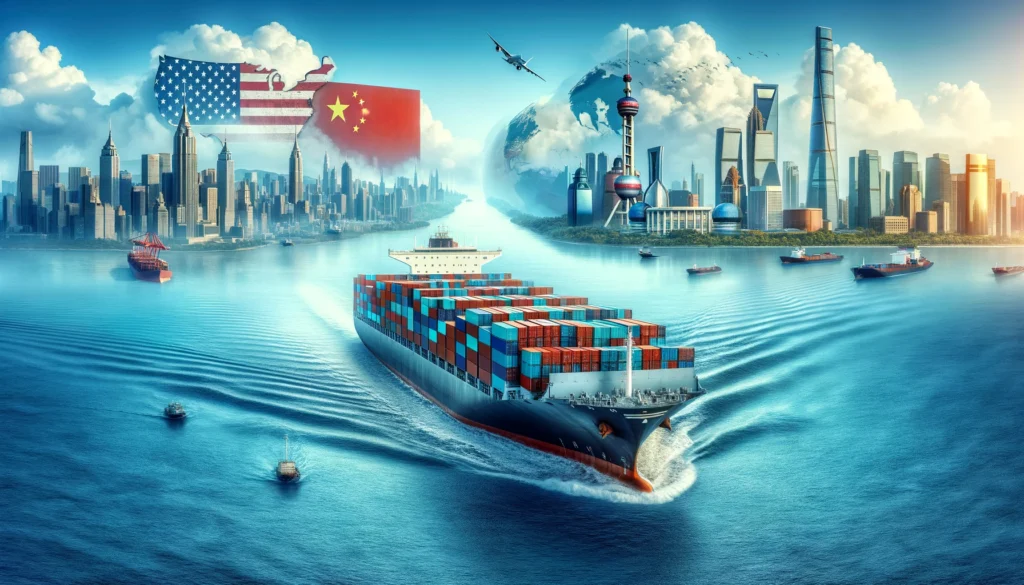
Understanding DDP (Delivered Duty Paid)
DDP (Delivered Duty Paid) is an international trade term defined by the International Chamber of Commerce (ICC) in its Incoterms. It signifies that the seller is responsible for delivering the goods to the destination country, including all costs and risks associated with transporting the goods, as well as handling customs clearance and paying import duties and taxes.
Key Principles of DDP:
- Seller’s Responsibilities: The seller bears all risks and costs associated with delivering the goods to the buyer’s specified location in the destination country. This includes export duties, shipping costs, insurance, and import duties and taxes.
- Buyer’s Responsibilities: The buyer’s obligations are minimal. Once the goods are delivered, the buyer is responsible for unloading them and any further transportation to their final destination.
Comparison with Other Shipping Terms:
- FOB (Free on Board): Under FOB, the seller’s responsibility ends once the goods are loaded onto the shipping vessel. The buyer assumes all risks and costs from that point onwards.
- CIF (Cost, Insurance, and Freight): Here, the seller covers the cost, insurance, and freight to transport the goods to the destination port. However, the buyer is responsible for import duties and further transportation beyond the port.
DDP stands out as the most comprehensive shipping term, providing peace of mind to buyers by minimizing their logistical and financial responsibilities.
Why Choose DDP for Shipping from China to USA
In the context of international trade, DDP offers several significant advantages, making it a preferred choice for many importers.
Benefits of DDP for Importers:
- Simplified Logistics and Customs Processes: With DDP, the seller handles the complexities of shipping and customs clearance, including documentation, compliance with regulations, and payment of import duties. This simplification can be particularly beneficial for businesses unfamiliar with the import procedures of the destination country.
- Reduced Risk and Hassle for Buyers: By transferring most of the risks and responsibilities to the seller, buyers can focus on their core business activities without worrying about the intricacies of international shipping. This reduction in hassle translates to a smoother supply chain and fewer potential disruptions.
- Cost Considerations: Although DDP might initially seem more expensive than other shipping terms, it can be cost-effective in the long run. The all-inclusive nature of DDP means there are no hidden costs or unexpected expenses. Buyers can budget more accurately, avoiding surprises related to customs duties or additional shipping fees.
- Time Savings and Efficiency: The streamlined process of DDP shipping often results in faster delivery times. Since the seller is motivated to ensure timely delivery to avoid extra costs, the entire logistics chain operates more efficiently. This efficiency can be crucial for businesses relying on just-in-time inventory systems.
By choosing DDP for shipping from China to the USA, importers can benefit from a straightforward, risk-free, and potentially cost-saving solution that enhances their overall supply chain efficiency. It’s an ideal choice for those seeking to minimize complications and focus on their business growth in 2025.
DDP Shipping Process from China to USA
The DDP (Delivered Duty Paid) shipping process from China to the USA involves several crucial steps, each designed to ensure that the goods are delivered efficiently and timely.
Step-by-Step Breakdown of the DDP Process:
1. Order Placement and Preparation:
- Supplier Confirmation: The buyer places an order with the supplier in China, specifying that the shipment will be under DDP terms.
- Packaging and Labeling: The supplier prepares the goods for shipment, ensuring they are properly packaged and labeled according to international shipping standards.
2. Freight Forwarding and Transportation:
- Selection of Freight Forwarder: The supplier or their logistics partner selects a reliable freight forwarder to handle the transportation process.
- Booking and Scheduling: The freight forwarder books space on a shipping vessel or, if applicable, an aircraft for air freight. They schedule the shipment to align with the delivery timelines.
- Pick-Up and Transport: The goods are picked up from the supplier’s warehouse and transported to the port of departure.
3. Customs Clearance and Duties Payment:
- Export Customs Clearance: The freight forwarder handles export customs clearance in China, ensuring all necessary documentation is in order.
- Import Customs Clearance: Upon arrival in the USA, the freight forwarder manages the import customs clearance process. This includes preparing and submitting required documents, paying import duties and taxes, and ensuring compliance with U.S. customs regulations.
4. Delivery to the Final Destination:
- Inland Transportation: After clearing customs, the goods are transported from the port of entry to the buyer’s specified location. This could involve trucking or other forms of inland transportation.
- Final Delivery: The goods are delivered to the buyer’s warehouse or specified address, ready for unloading.
Roles of Key Players:
- Suppliers: Responsible for preparing and packaging the goods, coordinating with freight forwarders, and ensuring compliance with export regulations.
- Freight Forwarders: Handle the logistics of transporting the goods, managing the export and import customs clearance processes, and ensuring timely delivery.
- Customs Brokers: Specialists who assist with customs clearance, ensuring all necessary documentation is prepared and submitted, and that duties and taxes are paid.
READ MORE:
- Shipping From China to the USA
- Shipping From China TO Canada
- Shipping From China TO Mexico
- Shipping From China to Panama
- Shipping From China to Costa Rica
- Shipping From China to Brazil
- Shipping From China TO Colombia
- Shipping From China to Jamaica
- Shipping From China to Venezuela
- Shipping From China to Argentina
Key Factors to Consider When Choosing DDP
When considering DDP for shipping from China to the USA, several critical factors must be taken into account to ensure a smooth and cost-effective process:
Types of Goods Suitable for DDP Shipping:
- High-Value Items: Products with high value benefit from the comprehensive insurance and reduced risk associated with DDP shipping.
- Consumer Goods: Items that need to reach retail outlets quickly and reliably, such as electronics, apparel, and household items.
- Industrial Equipment: Machinery and industrial components that require precise handling and timely delivery.
Legal and Regulatory Considerations:
- Import Regulations: Ensure compliance with U.S. import regulations, which can vary based on the type of goods being shipped.
- Product Standards: Verify that the products meet U.S. standards and regulations to avoid delays or rejections at customs.
- Licensing Requirements: Some goods may require special licenses or permits for importation into the USA.
Important Documentation and Compliance Requirements:
- Commercial Invoice: A detailed invoice outlining the goods being shipped, their value, and the terms of sale.
- Bill of Lading: A document issued by the carrier acknowledging receipt of the cargo for shipment.
- Packing List: A detailed list of the shipped items, including their quantities and descriptions.
- Certificates of Origin: Documentation certifying where the goods were produced, often necessary for customs clearance.
By thoroughly considering these factors, businesses can ensure a successful DDP shipping experience, minimizing risks and maximizing efficiency.
Costs Involved in DDP Shipping
Understanding the costs associated with DDP shipping is crucial for effective budgeting and financial planning. Here’s a detailed breakdown of the typical costs involved:
Breakdown of Typical Costs:
- Freight Costs: Charges for the transportation of goods from China to the USA, whether by sea or air.
- Duties and Taxes: Import duties and taxes imposed by U.S. customs, which vary based on the type of goods and their value.
- Insurance: Costs associated with insuring the goods against potential losses or damages during transit.
- Customs Brokerage Fees: Fees charged by customs brokers for handling the customs clearance process.
- Inland Transportation: Costs for transporting goods from the port of entry to the final destination within the USA.
How to Calculate the Total Cost of DDP Shipping:
- Itemize All Costs: List all potential costs, including freight, insurance, duties, taxes, and any additional fees.
- Obtain Quotations: Request detailed quotations from suppliers and freight forwarders to get accurate cost estimates.
- Include Contingencies: Factor in potential additional costs, such as storage fees, demurrage charges, or unexpected customs issues.
Tips for Cost-Saving and Budgeting:
- Negotiate with Suppliers: Negotiate terms with suppliers to potentially reduce costs or include additional services.
- Consolidate Shipments: If possible, consolidate smaller shipments into larger ones to benefit from economies of scale.
- Optimize Packaging: Use efficient packaging methods to reduce weight and volume, potentially lowering freight costs.
By carefully examining and managing these costs, businesses can achieve a more predictable and cost-effective DDP shipping experience.
Latest Trends and Changes in DDP Shipping for 2025
Staying updated with the latest trends and changes in the logistics and shipping industry is vital for optimizing your DDP shipping strategy. Here are some key trends and changes to be aware of for 2025:
New Regulations and Policies Affecting DDP Shipping:
- Enhanced Customs Regulations: Stricter customs regulations and compliance requirements may be introduced, necessitating more thorough documentation and adherence to standards.
- Trade Agreements: New trade agreements between China and the USA could impact tariffs and duties, potentially affecting DDP costs and processes.
- Environmental Regulations: Increasing emphasis on sustainability and environmental regulations may lead to changes in packaging and shipping practices.
Technological Advancements and Their Impact on DDP Logistics:
- AI and Automation: The use of artificial intelligence and automation in logistics can streamline processes, improve accuracy, and reduce costs.
- Blockchain Technology: Blockchain can enhance transparency and security in the supply chain, providing real-time tracking and verification of shipments.
- IoT and Smart Sensors: Internet of Things (IoT) devices and smart sensors can provide real-time monitoring of goods during transit, improving visibility and control.
Market Trends and Predictions for 2025:
- E-commerce Growth: The continued growth of e-commerce will drive demand for efficient and reliable shipping solutions, making DDP an attractive option for online retailers.
- Focus on Sustainability: There will be a stronger focus on sustainable shipping practices, with businesses seeking eco-friendly logistics solutions.
- Increased Competition: The logistics industry will see increased competition, leading to more competitive pricing and improved services for DDP shipping.
By understanding and adapting to these trends and changes, businesses can optimize their DDP shipping strategy, ensuring efficiency and compliance with the latest industry standards.
Common Challenges and How to Overcome Them
While DDP (Delivered Duty Paid) shipping offers numerous advantages, it is not without its challenges. Understanding these potential pitfalls and knowing how to address them can help ensure a smooth shipping experience.
Potential Issues During the DDP Shipping Process:
- Customs Delays and Complications:
Customs clearance can sometimes be delayed due to incorrect documentation, non-compliance with regulations, or unforeseen inspections. These delays can disrupt the entire supply chain. - Unexpected Costs:
Despite DDP being an all-inclusive term, unexpected costs such as additional storage fees, demurrage charges, or fines for non-compliance can arise. - Communication Gaps:
Poor communication between the supplier, freight forwarder, and the buyer can lead to misunderstandings, delays, and errors in the shipping process. - Logistical Complexities:
Coordinating the various stages of the shipping process, from pick-up in China to final delivery in the USA, can be complex and requires meticulous planning and execution.
Solutions and Best Practices for a Smooth DDP Experience:
- Thorough Documentation: Ensure all necessary documents are accurate and complete. This includes commercial invoices, bills of lading, packing lists, and certificates of origin. Double-checking documentation can prevent customs delays.
- Choose a Reliable Freight Forwarder: Partner with a reputable freight forwarder who has experience with DDP shipping. They can help navigate customs regulations, provide accurate cost estimates, and ensure timely delivery.
- Clear Communication: Maintain open and clear communication with all parties involved. Regular updates and check-ins can help prevent misunderstandings and keep the process on track.
- Plan for Contingencies: Always have a contingency plan in place for potential delays or unexpected costs. This could include buffer time in delivery schedules and setting aside a budget for unforeseen expenses.
Working with a Reliable Freight Forwarder
Choosing the right freight forwarder is crucial for the success of your DDP shipping strategy. A reliable freight forwarder can streamline the logistics process, manage customs clearance efficiently, and ensure timely delivery of your goods.
Importance of Choosing the Right Logistics Partner:
- Expertise and Experience: A knowledgeable freight forwarder with experience in DDP shipping can navigate complex regulations and handle potential issues effectively.
- Network and Resources: A well-established freight forwarder will have a robust network of carriers, customs brokers, and other logistics partners, ensuring smooth and efficient operations.
Introduction to Dantful International Logistics and Their Services:
Dantful International Logistics stands out as a highly professional, cost-effective, and high-quality service provider for global traders. Their comprehensive one-stop international logistics solutions are designed to meet the unique needs of businesses shipping from China to the USA.
- Professionalism: Dantful’s team of experts ensures that every aspect of the shipping process is handled with the highest level of professionalism and attention to detail.
- Cost-Effective Solutions: By leveraging their extensive network and industry expertise, Dantful offers competitive pricing without compromising on service quality.
- High-Quality Services: From freight forwarding to customs clearance and insurance services, Dantful provides a full range of services to ensure a seamless shipping experience.
Choosing Dantful International Logistics as your freight forwarder can significantly enhance your DDP shipping strategy, providing peace of mind and ensuring your goods are delivered efficiently and on time.
Dantful International Logistics Services:
- Dantful Ocean Freight Services
- Air Freight From China
- Amazon FBA Freight Forwarding
- WAREHOUSE Services
- One-Stop Customs Clearance Solution
- Cargo Insurance Services in China
- DDP Shipping Services By Dantful Logistics
- Out of Gauge Cargo Transportation Shipping Services
FAQ
To address common concerns and provide clarity on DDP shipping from China to the USA, here are some frequently asked questions and their answers:
- What is DDP in shipping terms?
- Answer: DDP (Delivered Duty Paid) is an Incoterm where the seller assumes all risks and costs associated with delivering the goods to the buyer’s specified location, including transportation, customs clearance, and payment of import duties and taxes.
- What are the benefits of choosing DDP over other shipping terms?
- Answer: DDP simplifies the logistics process for the buyer, reduces risks and unexpected costs, ensures compliance with customs regulations, and often results in faster delivery times.
- Are there any additional costs I should be aware of with DDP shipping?
- Answer: While DDP is designed to be all-inclusive, potential additional costs such as storage fees, demurrage charges, or fines for non-compliance can arise. It’s essential to plan for these contingencies.
- How can I ensure my DDP shipment is compliant with U.S. regulations?
- Answer: Working with a reliable freight forwarder like Dantful International Logistics can help ensure compliance with U.S. import regulations. They can handle documentation, and customs clearance, and provide guidance on regulatory requirements.
- What types of goods are best suited for DDP shipping?
- Answer: DDP is suitable for high-value items, consumer goods, and industrial equipment that require precise handling and timely delivery.
Additional Resources
For readers looking to dive deeper into the topic of DDP shipping and international trade, here are some authoritative resources:
- Incoterms 2020 by the International Chamber of Commerce (ICC): Read More
- U.S. Customs and Border Protection (CBP): Importing into the United States: Read More
- World Trade Organization (WTO): Understanding the WTO: Read More
- International Trade Administration (ITA): U.S. Importing and Exporting: Read More
- Dantful International Logistics: DDP Shipping Services

Young Chiu is a seasoned logistics expert with over 15 years of experience in international freight forwarding and supply chain management. As CEO of Dantful International Logistics, Young is dedicated to providing valuable insights and practical advice to businesses navigating the complexities of global shipping.


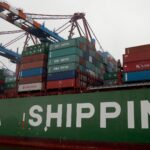
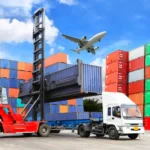

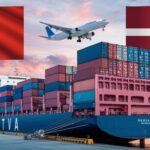
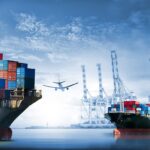
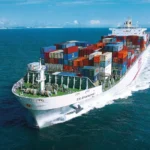
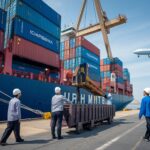


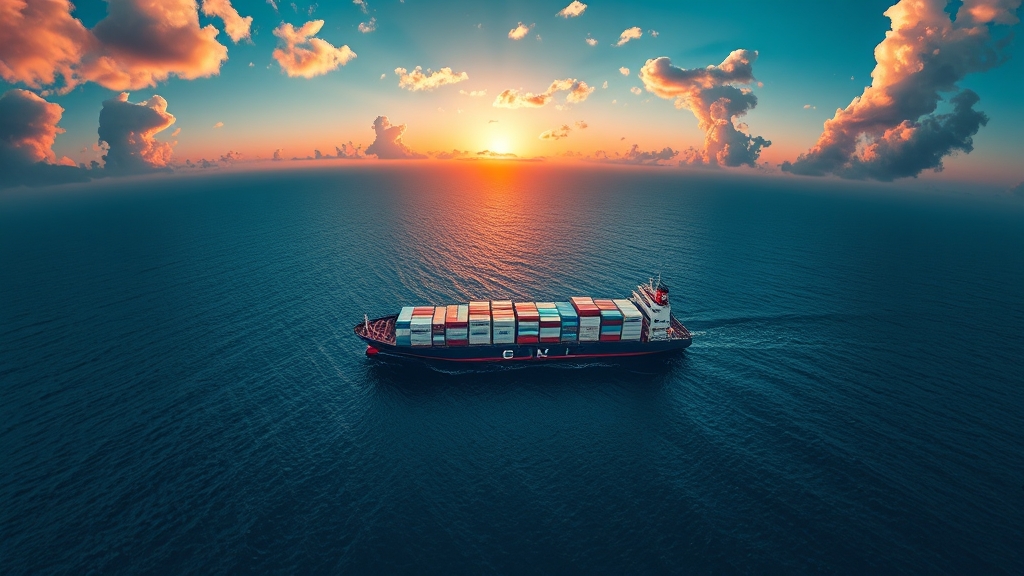
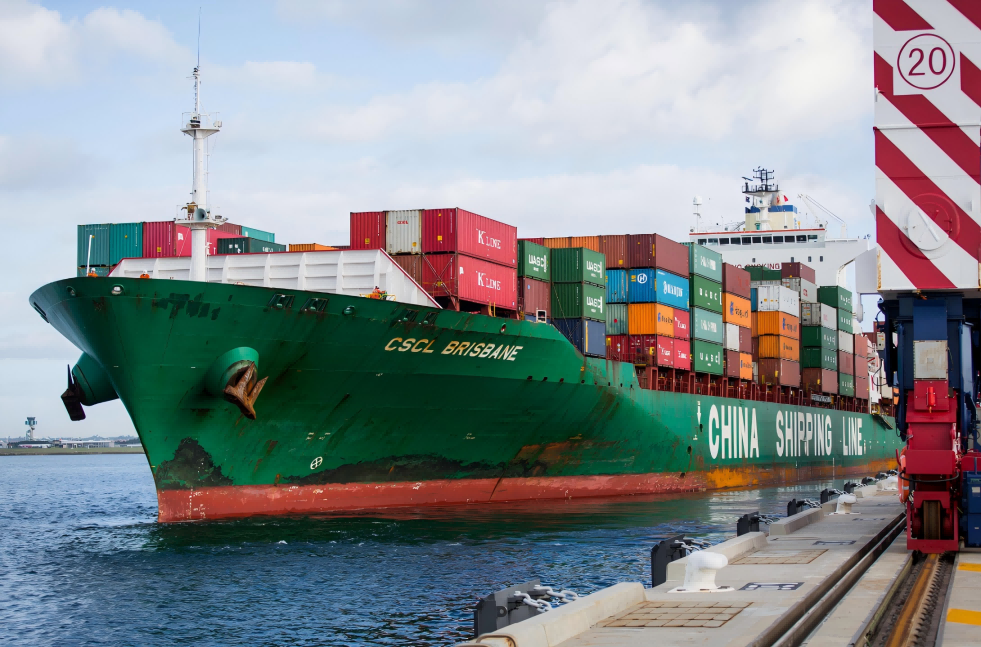
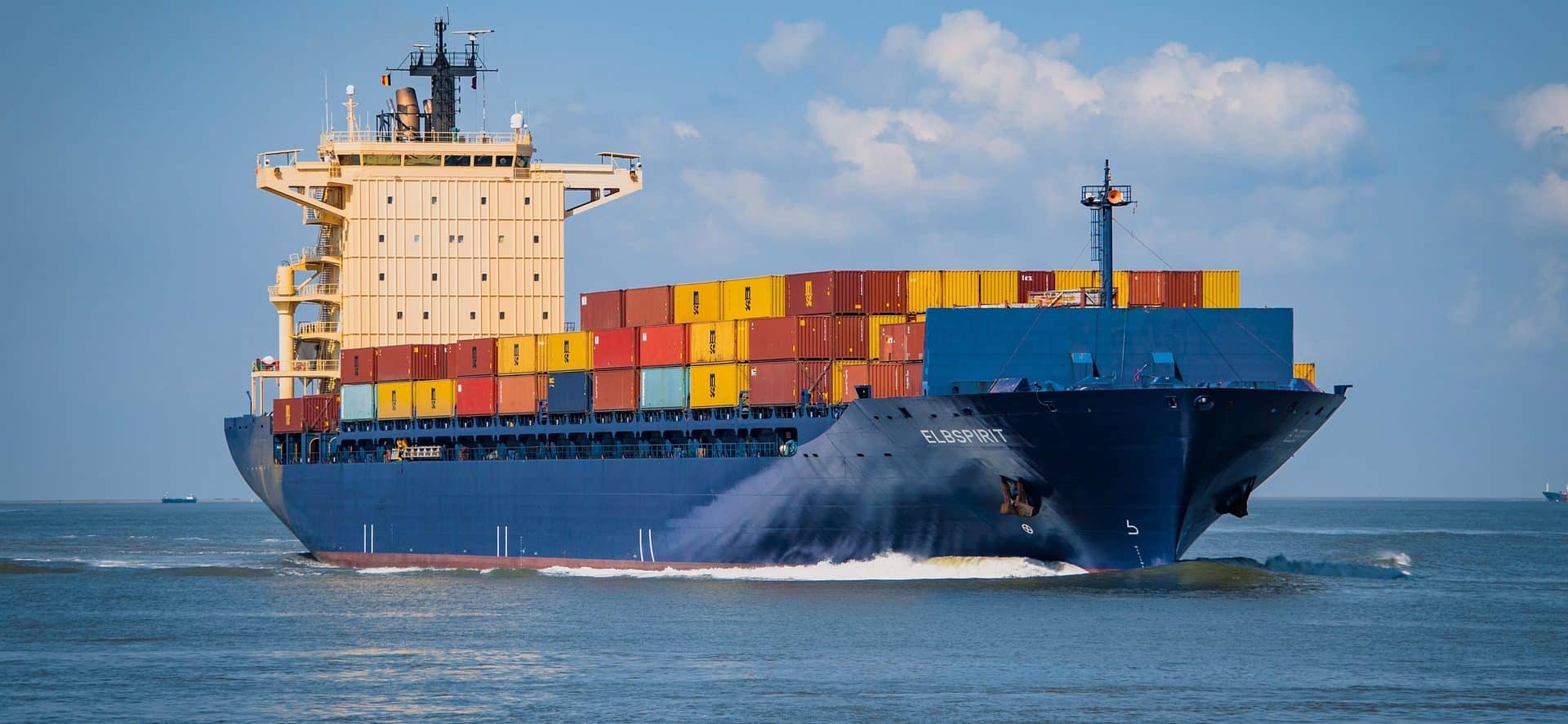

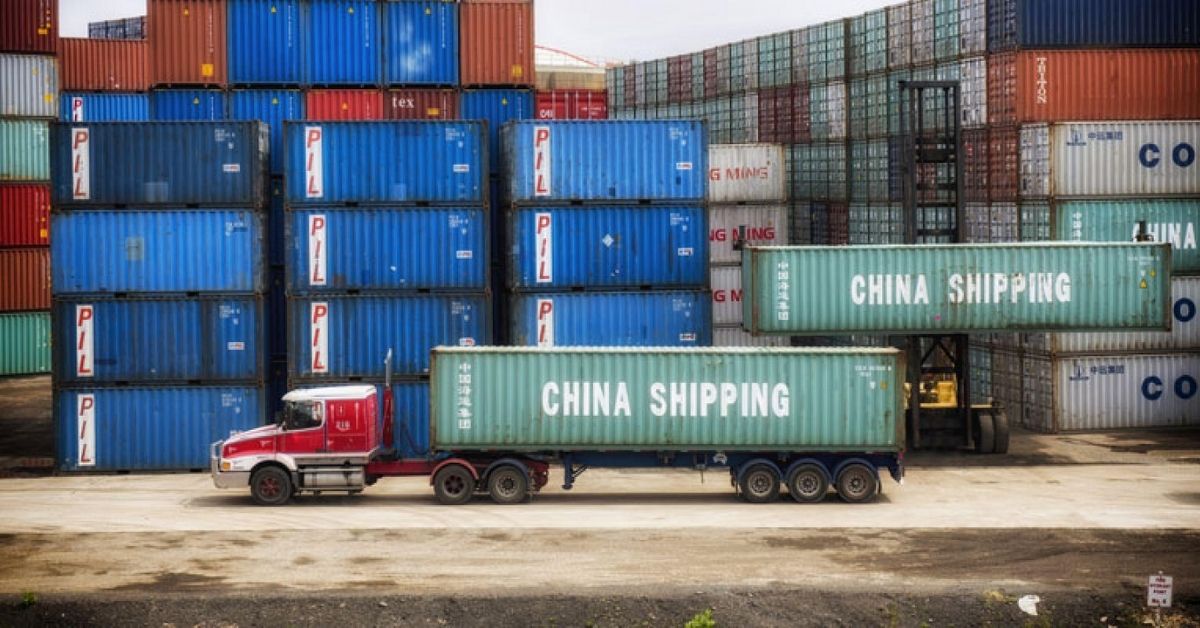





 Afrikaans
Afrikaans Shqip
Shqip አማርኛ
አማርኛ العربية
العربية Հայերեն
Հայերեն Azərbaycan dili
Azərbaycan dili Euskara
Euskara Беларуская мова
Беларуская мова বাংলা
বাংলা Bosanski
Bosanski Български
Български Català
Català Cebuano
Cebuano Chichewa
Chichewa 简体中文
简体中文 繁體中文
繁體中文 Corsu
Corsu Hrvatski
Hrvatski Čeština
Čeština Dansk
Dansk Nederlands
Nederlands English
English Esperanto
Esperanto Eesti
Eesti Filipino
Filipino Suomi
Suomi Français
Français Galego
Galego ქართული
ქართული Deutsch
Deutsch Ελληνικά
Ελληνικά Kreyol ayisyen
Kreyol ayisyen Harshen Hausa
Harshen Hausa Ōlelo Hawaiʻi
Ōlelo Hawaiʻi עִבְרִית
עִבְרִית हिन्दी
हिन्दी Hmong
Hmong Magyar
Magyar Íslenska
Íslenska Igbo
Igbo Bahasa Indonesia
Bahasa Indonesia Gaeilge
Gaeilge Italiano
Italiano 日本語
日本語 Basa Jawa
Basa Jawa ಕನ್ನಡ
ಕನ್ನಡ Қазақ тілі
Қазақ тілі ភាសាខ្មែរ
ភាសាខ្មែរ 한국어
한국어 كوردی
كوردی Кыргызча
Кыргызча ພາສາລາວ
ພາສາລາວ Latin
Latin Latviešu valoda
Latviešu valoda Lietuvių kalba
Lietuvių kalba Lëtzebuergesch
Lëtzebuergesch Македонски јазик
Македонски јазик Malagasy
Malagasy Bahasa Melayu
Bahasa Melayu മലയാളം
മലയാളം Maltese
Maltese Te Reo Māori
Te Reo Māori मराठी
मराठी Монгол
Монгол ဗမာစာ
ဗမာစာ नेपाली
नेपाली Norsk bokmål
Norsk bokmål پښتو
پښتو فارسی
فارسی Polski
Polski Português
Português ਪੰਜਾਬੀ
ਪੰਜਾਬੀ Română
Română Русский
Русский Samoan
Samoan Gàidhlig
Gàidhlig Српски језик
Српски језик Sesotho
Sesotho Shona
Shona سنڌي
سنڌي සිංහල
සිංහල Slovenčina
Slovenčina Slovenščina
Slovenščina Afsoomaali
Afsoomaali Español
Español Basa Sunda
Basa Sunda Kiswahili
Kiswahili Svenska
Svenska Тоҷикӣ
Тоҷикӣ தமிழ்
தமிழ் తెలుగు
తెలుగు ไทย
ไทย Türkçe
Türkçe Українська
Українська اردو
اردو O‘zbekcha
O‘zbekcha Tiếng Việt
Tiếng Việt Cymraeg
Cymraeg יידיש
יידיש Yorùbá
Yorùbá Zulu
Zulu